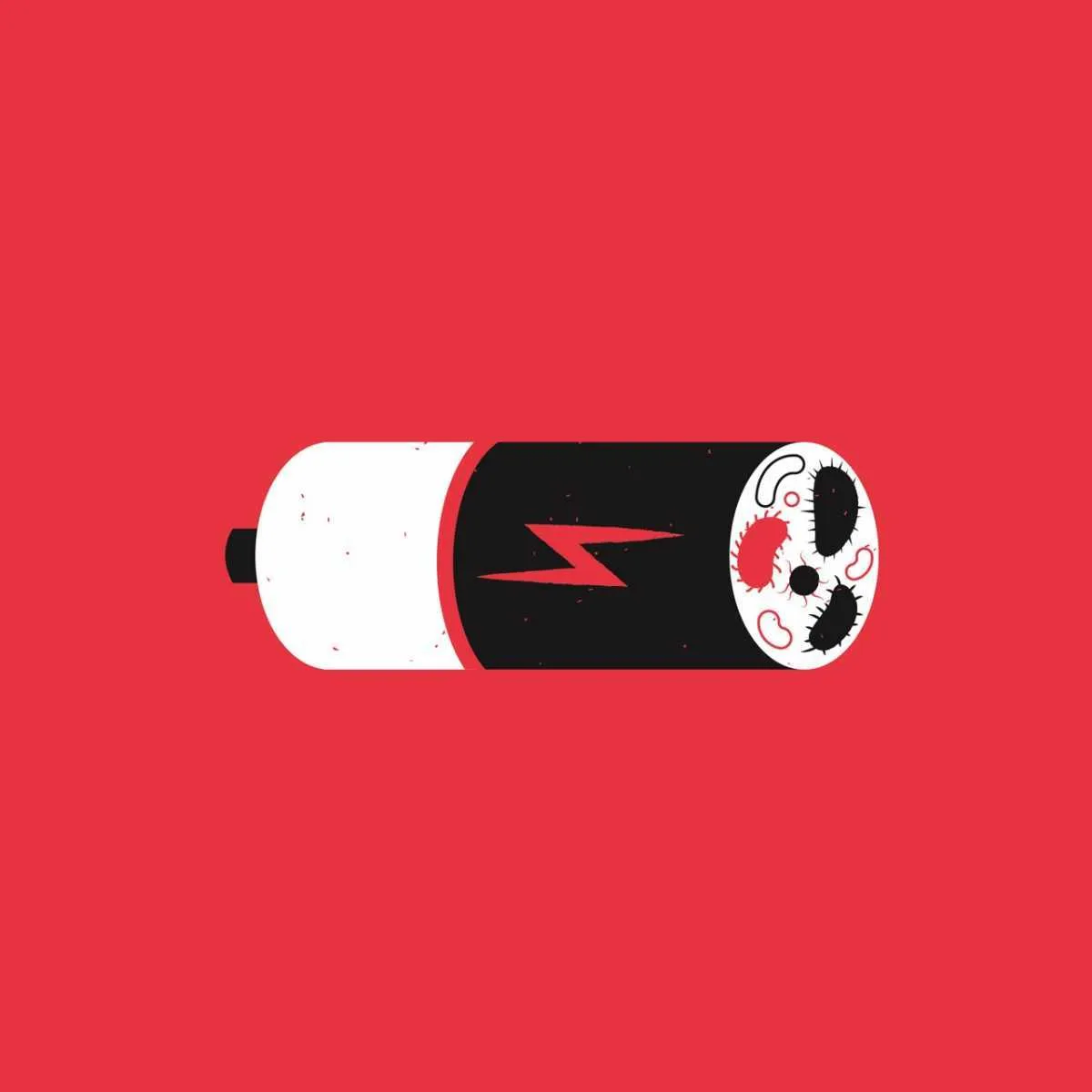Mention ‘bacteria’ and memories of food poisoning and nasty infections probably spring to mind. Yet scientists have discovered certain types of bacteria and microbes which can give us much more than a dodgy tummy.
Microscopic memory

A team at the Massachusetts Institute of Technology has developed a tool to make bacteria act as ‘genetic tape recorders’, writing information into theirDNAabout simple events they have experienced.
The bacteria can be programmed to create a new section of DNA when exposed to, say, a certain chemical or light. Researchers can then ‘read’ the DNA later to find out about what the bacteria experienced. If populations of billions of bacteria are used, the effect adds up to create an analogue organic ‘hard drive’ of sorts, they say.
Landmine detectors

Scientists from Edinburgh University have developed a genetically modified, harmless strain of E. coli that glows green in the presence of certain explosives. The researchers hope that the bacteria could be dropped onto suspected landmine sites, potentially replacing the practice of finding mines using metal detectors or sniffer dogs.
The modifiedbacteriaproduce a protein that binds to TNT, which is found in many landmines. This reaction then ‘switches on’ a gene that creates luciferase, an enzyme which causes fireflies and other bacteria to emit light.
Read more:
- Michael Mosley: If you befriend your gut bacteria, could you help your immune system to thrive?
- The British microbiome: how our guts can tell us more than our genes
Bacterial batteries

Minuscule currents caused by the movement of bacteria could one day be used to power nanomachines or tiny electrical components, according to scientists from Oxford University. The team, from the university’s department of physics, found that dense solutions of swimming bacteria will spontaneously organise around tiny rotors, forming a microscopic ‘windfarm’.
Swarm-like activity within this ‘living fluid’ drives the rotors, providing a tiny but steady source of power that could be used to run the next generation of micromachines, nanobots or smartphone components.
Biofuels

US biofuels company Mascoma has created a new yeast capable of converting up to 97 per cent of crop waste into ethanol fuel. This genetically modified strain is significantly more efficient than previous biofuel-producing yeasts, which leave around a third of the tough plant material unconverted.
The new yeast works in just 48 hours and its raw materials – corn stalks, wheat straw and the inedible parts of sugar cane – are waste products of commercial farming, so are abundant and cheap.
Fire fighters

US scientists are using bacteria to prevent wildfires in Idaho and Oregon. Recently, fires in this area have been exacerbated by the spread of an invasive plant known as cheatgrass, which forms dry and fine straw that catches fire easily in arid conditions.
Researchers from the US Geological Survey found that the bacterium Pseudomonas fluorescens suppresses the growth of cheatgrass’s roots, preventing it from outcompeting native grasses. The land could be cleared of cheatgrass after five years of treatment with the bacteria, the researchers say.
Read more:
Delivery bugs

Bacteria that navigate using magnetic fields could be used to deliver drugs into tumours. The bacteria, Magnetococcus marinus, have a navigation system based on magnetised crystals to help them find their way around the deep sea.
Scientists at the National Institute of Biomedical Imaging and Bioengineering in the US have exploited this ability by injecting the bacteria into mice withcancer. They then generated magnetic fields to guide the bacteria towards the tumours. The next step is to modify the bacteria so they can deploy a cargo of tumour-killing molecules.
Healing heroes

Could topping up the bacteria in our guts help us recover from injuries quicker? Scientists at Rockefeller University studying mice with spinal cord injuries found that the injury altered the bacteria in the guts of the mice, prompting the release of inflammatory cells. This initiated other processes that impaired their ability to recover from the injury.
When some mice were treated with probiotics, they recovered from their injuries faster. The study’s authors suggest that when treating spinal cord injuries in humans, changes in the gut could be counteracted with probiotics to assist with recovery.
- This article was first published in April 2017
Follow Science Focus onTwitter,Facebook, Instagramand Flipboard
